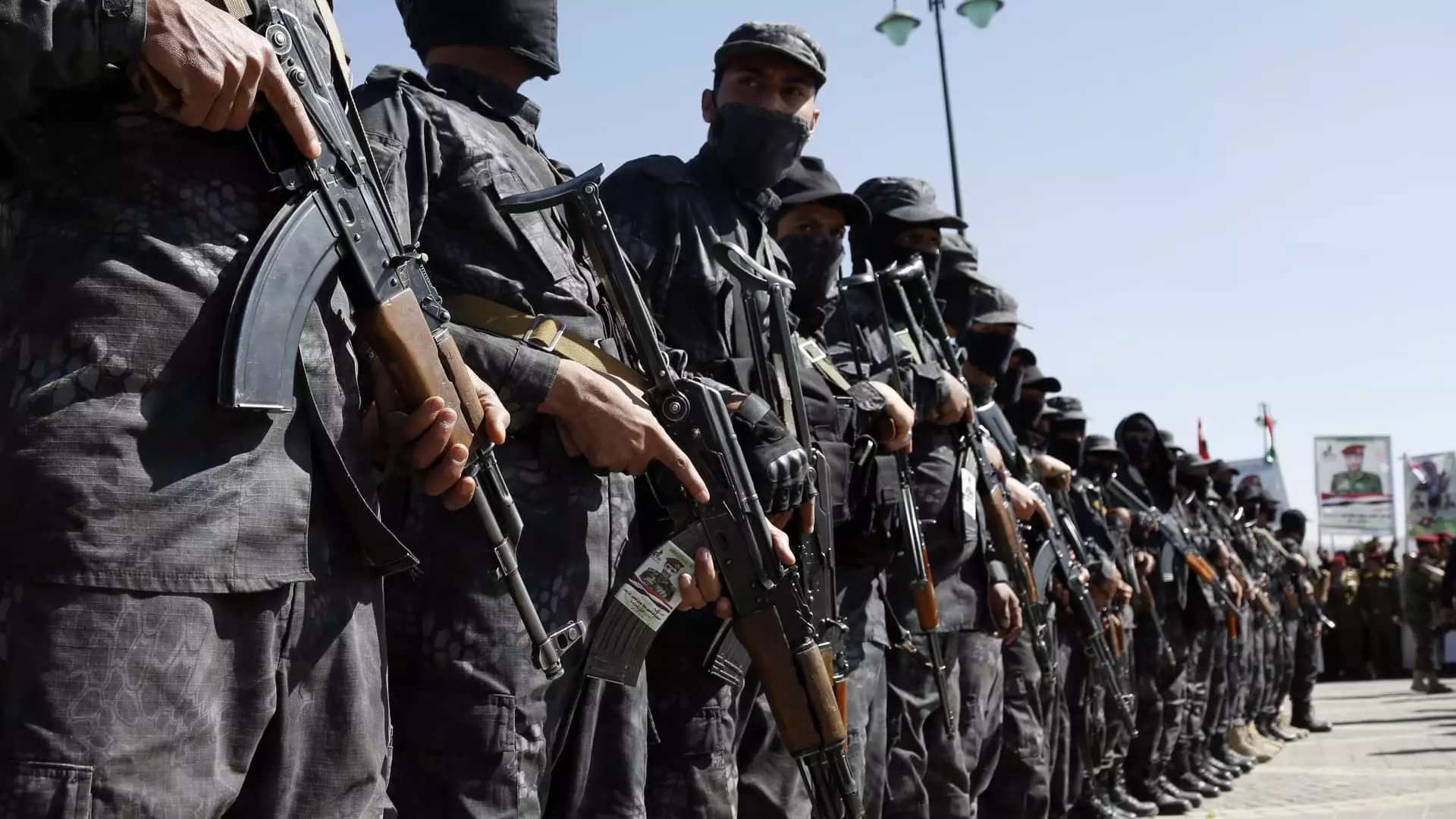U.S. and U.K. forces have conducted airstrikes against Houthi rebel targets in Yemen following repeated attacks by the Iranian-backed group on ships in the Red Sea. The strikes targeted multiple locations used by the Houthi militants, including missile launch sites, production facilities, and radar systems. This article delves into the recent airstrikes and their significance in the ongoing conflict in Yemen.
The U.S. Air Force, in coordination with the United Kingdom, Australia, Bahrain, Canada, and the Netherlands, launched over 60 airstrikes on Houthi targets. These strikes aimed to protect freedom of navigation in the Red Sea, one of the world’s busiest waterways for global trade. President Joe Biden lauded the successful joint operation and emphasized the need to safeguard international maritime vessels from Houthi aggression.
The Houthi movement, officially known as Ansar Allah or “Supporters of God,” seeks to promote the rights of the Zaydi branch of Shiite Islam. The group rose to prominence during the Arab Spring protests in 2011 and subsequently took control of Yemen’s capital, Sanaa. Their ascendancy triggered a broader conflict with Saudi Arabia, Iran’s regional rival, resulting in what the United Nations describes as “the largest humanitarian crisis in the world.”
Human Rights Watch has accused the Houthis of widespread violations of international humanitarian law and causing harm to Yemeni civilians since seizing the capital. The group has called on the Houthis to take responsibility for the civilian harm they have caused and prioritize the pursuit of a durable peace. Despite these calls, the Houthis have continued to carry out attacks, further exacerbating the existing crisis.
Although the Houthi movement is not internationally recognized as the government of Yemen, it controls significant portions of the country. This includes the Bab el-Mandeb Strait, a crucial maritime chokepoint connecting the Red Sea with the Gulf of Aden. Yemeni officials have accused Iran and Hezbollah of providing military and financial support to the Houthis. However, both Iranian and Hezbollah officials have denied these allegations.
The recent U.S. and U.K. airstrikes have not deterred the Houthis, as they vowed to continue their attacks in the Red Sea. The group claims that the aggression against Yemen was unwarranted, citing no threats to international navigation. They further assert that the targeting will solely impact Israeli ships or those heading to occupied Palestinian ports. These statements reflect the Houthi movement’s opposition to U.S. and Israeli influence in the Middle East.
The ongoing tensions and attacks in the Red Sea region have caused concern among global markets. Approximately 15% of global seaborne trade passes through the Red Sea, including 12% of seaborne-traded oil and 8% of liquified natural gas trade. The uncertainty generated by the conflict has disrupted global supply chains, leading to extended transit times and higher freight rates. As a result, shippers must prepare for potential challenges and adjust their planning accordingly.
The airstrikes conducted by international forces in Yemen represent a response to the Houthi rebels’ repeated attacks on ships in the Red Sea. As the conflict continues to unfold, it is essential to prioritize the protection of international navigation and seek a lasting resolution to the crisis. The repercussions of the ongoing tensions extend beyond Yemen, affecting global trade and supply chains. The international community must remain vigilant and work towards stability in the region to mitigate the humanitarian and economic consequences of the conflict.


Leave a Reply